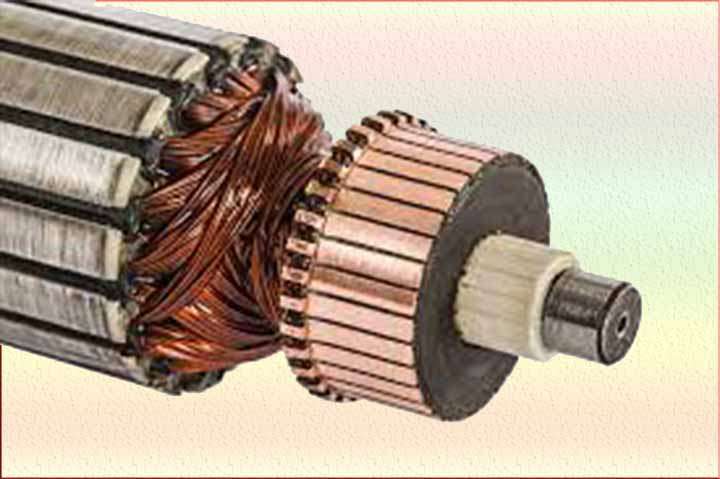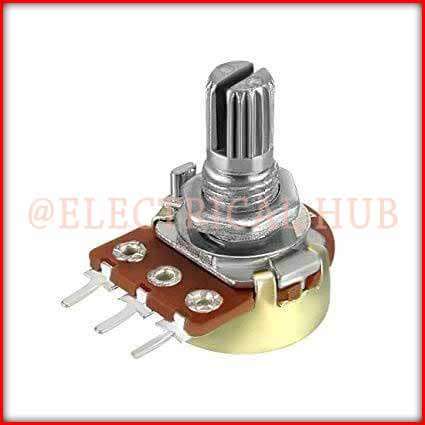Electrical Load Calculator and Generator Sizing
Calculating electrical loads accurately and sizing the appropriate generator are crucial steps in ensuring reliable power for both homes and businesses. This guide walks through how an electrical load calculator can simplify this process, offering a clear method for determining total load, converting it to amperes, and selecting the right generator capacity.

Table of Contents
What is an Electrical Load Calculator?
An electrical load calculator is a tool that helps in estimating the total power requirements of various appliances in a space. It allows users to add up all their electrical devices, understand the cumulative power demand, and ensure they have adequate supply capacity. With options for both single-phase and three-phase systems, this calculator aids in seamless calculations, resulting in efficient and reliable generator sizing.
Why is Generator Sizing Important?
Generator sizing is about selecting a generator that can handle the total load of all connected devices without strain. Incorrect sizing can lead to:
- Overloading, which can cause frequent shutdowns or damage to equipment
- Under-utilization, where the generator is larger than needed, leading to unnecessary costs
With a load calculator, you can precisely estimate the needed power output, enhancing the lifespan and efficiency of both the generator and the connected appliances.
Electrical Load Calculator
Key Steps to Use an Electrical Load Calculator for Generator Sizing
To use an electrical load calculator effectively, follow these steps:
List All Appliances and Devices
Begin by listing each device you plan to power. Include all appliances, lighting, and essential electronics. Each device will have a wattage rating, usually found on a label or in the user manual.
Input Wattage for Each Device
For each appliance, enter its wattage. If unsure, approximate values are typically available online or in product documentation.
Convert to Amperes if Needed
For both single-phase and three-phase systems, your calculator should offer conversion to amperes. This is critical for understanding the current requirements and choosing wiring or circuit breakers.
Calculate Total Load
Add up all individual wattages to find the total connected load. The calculator will provide an immediate output, helping to clarify if adjustments are necessary for optimal efficiency.
Determine Generator Size Based on Load
Select a generator capacity that comfortably meets or exceeds the total load. As a rule of thumb, choose a generator with 20% more capacity than the calculated load to accommodate startup surges and prevent overloading.
Generator Sizing Guide Based on Electrical Load
To choose the correct generator size, consider the following points:
Identify Starting vs. Running Wattage
Some appliances, especially motors and compressors, have higher starting wattages than running wattages. Account for these by adding their startup surge wattage to your total.
Add 20-25% Safety Margin
Adding a 20-25% buffer to your total load helps in avoiding unexpected shutdowns and accommodates future expansion of appliances or equipment.
Consider the Power Factor
For three-phase setups, the power factor (typically 0.8) influences the load calculation. The calculator can adjust the load accordingly, optimizing the generator size based on realistic demand.
Key Benefits of Using an Electrical Load Calculator and Generator Sizing Tool
A tool that combines electrical load calculation and generator sizing provides several advantages:
Accuracy: Automated calculations reduce errors, ensuring the generator capacity meets actual power demands.
Convenience: Instead of manual calculations, simply enter appliance wattages and let the calculator handle the rest.
Cost Efficiency: By sizing a generator accurately, you avoid over-investing in oversized generators or under-sizing and risking overloads.
Practical Tips for Optimizing Electrical Load Calculation and Generator Sizing
Using an electrical load calculator for generator sizing can be simplified by following these tips:
- Check Appliance Labels for Wattage: When in doubt, refer to appliance specifications.
- Factor in Seasonal Loads: Air conditioning or heating systems may have different requirements seasonally.
- Plan for Future Expansion: A slightly larger generator capacity allows for new devices and future needs without upgrading your generator.
- Avoid Overloading Generators: Running a generator close to its maximum capacity can lead to overheating and increased wear.
Conclusion: Electrical Load Calculation and Generator Sizing
An electrical load calculator and generator sizing tool simplifies the complex task of power planning, ensuring you have a reliable power supply tailored to your needs. By calculating your total load, converting it to the appropriate metrics, and applying these results to generator selection, you can avoid costly mistakes and provide a stable energy source for all connected devices. With the right generator size and a clear understanding of your power needs, your equipment will operate efficiently, and your power supply will remain dependable.
How do I determine the total wattage of my appliances?
Use the calculator by entering each appliance’s wattage, or refer to the manufacturer’s specifications for wattage ratings.
What size generator should I choose if I live in a high-power-demand home?
Add all appliance wattages, convert to amperes if needed, and select a generator with at least 20% more capacity than the total load to ensure stability and efficiency.
Can I use a three-phase generator for my single-phase home setup?
While possible, it is generally not cost-effective. Single-phase generators are usually more practical for homes, while three-phase setups suit larger buildings and industrial environments.
Is it safe to run a generator continuously at full capacity?
Running a generator continuously at 80-90% of its capacity is advisable to extend its lifespan and prevent overheating.
How does an electrical load calculator help in preventing generator overload?
By accurately calculating the total wattage of all connected devices, an electrical load calculator ensures that the generator capacity matches the demand. With these precise calculations, you can select a generator size that avoids overloads and provides a steady power supply.
What’s the difference between starting and running wattage, and why does it matter?
Starting wattage, also called surge wattage, is the power needed to start an appliance, while running wattage is the power required for continuous operation. Appliances like refrigerators or air conditioners have higher starting wattages, and accounting for this helps prevent under-sizing, ensuring the generator can handle startup power demands.
Can I use the electrical load calculator to determine battery inverter size as well?
Yes, the calculator’s total load output can help size inverters and battery banks. Knowing the total load requirement allows you to choose an inverter with sufficient capacity for your devices, especially when off-grid or during outages.
Is there a significant difference in generator sizing for residential and industrial use?
Yes, industrial generators often handle larger, three-phase power loads with higher wattage requirements. Residential generators typically work with single-phase power and lower total wattages, making them more suitable for household use. An electrical load calculator helps accurately account for these variations.
What happens if I undersize my generator?
An undersized generator will struggle to meet power demands, potentially leading to frequent tripping, overheating, and even permanent damage to the generator and connected devices. Undersizing can also affect the efficiency and lifespan of the generator.
Do I need to account for voltage fluctuations when using an electrical load calculator?
For most stable environments, standard voltage ratings can be used. However, in areas prone to voltage fluctuations, it may be wise to choose a generator with a voltage stabilizer or slightly higher capacity to handle unexpected load changes.
How can I tell if my generator has enough power to handle future appliances?
By using an electrical load calculator and adding a buffer (typically 20-25%) to the total wattage, you can ensure the generator has additional capacity for future expansion. This buffer helps accommodate extra appliances without needing a larger generator.
What is power factor, and why is it important in three-phase generator sizing?
Power factor, usually between 0.8 and 1.0, indicates how effectively electricity is being used. In three-phase generator sizing, adjusting for power factor ensures the generator meets real power demand accurately, preventing under-sizing or overloading.
Can a generator be oversized, and if so, what are the risks?
Yes, an oversized generator can lead to underloading, where the generator operates below its optimal capacity, reducing fuel efficiency and potentially causing carbon buildup or generator damage. Oversizing is unnecessary and often more costly in terms of purchase and maintenance.
How often should I re-calculate my load if I frequently add or remove appliances?
It’s a good idea to re-calculate your load whenever you add or remove high-wattage appliances. Reassessing your load annually or seasonally is also beneficial, especially if there are significant changes in usage patterns.
Follow us on LinkedIn, “Electrical Insights,” to get the latest updates on electrical engineering. You can also Follow us on LinkedIn and Facebook to see our latest posts on Electrical Engineering Topics.
Worth Read Posts
#ElectricalLoadCalculator, #GeneratorSizing, #LoadCalculation, #PowerDemand, #EnergyEfficiency, #ElectricalEngineering, #HomeElectricity, #IndustrialElectricity, #GeneratorCapacity, #PowerSupply, #LoadManagement, #ElectricalTools, #ElectricianTools, #PowerSystem, #CalculateLoad






